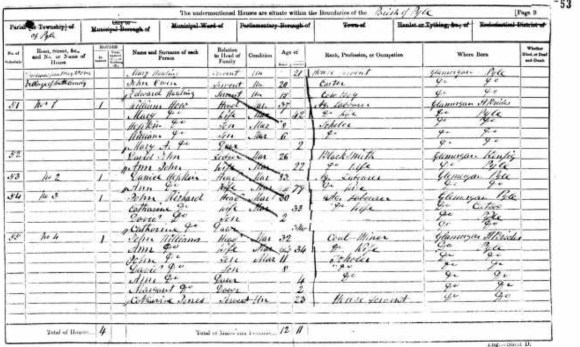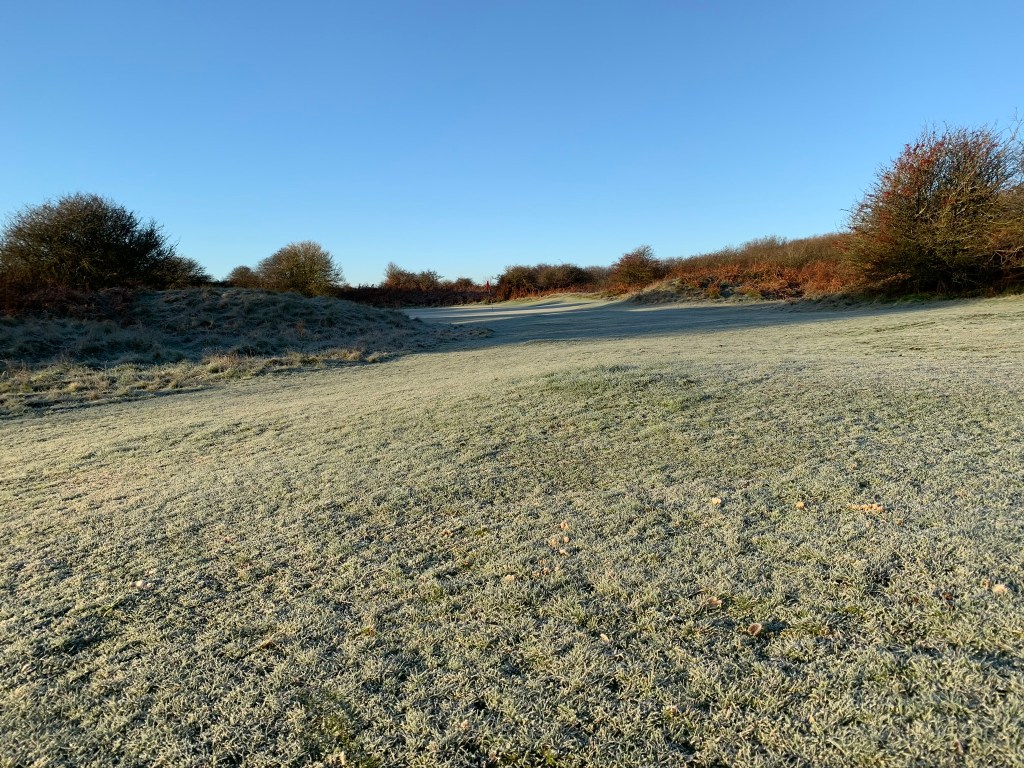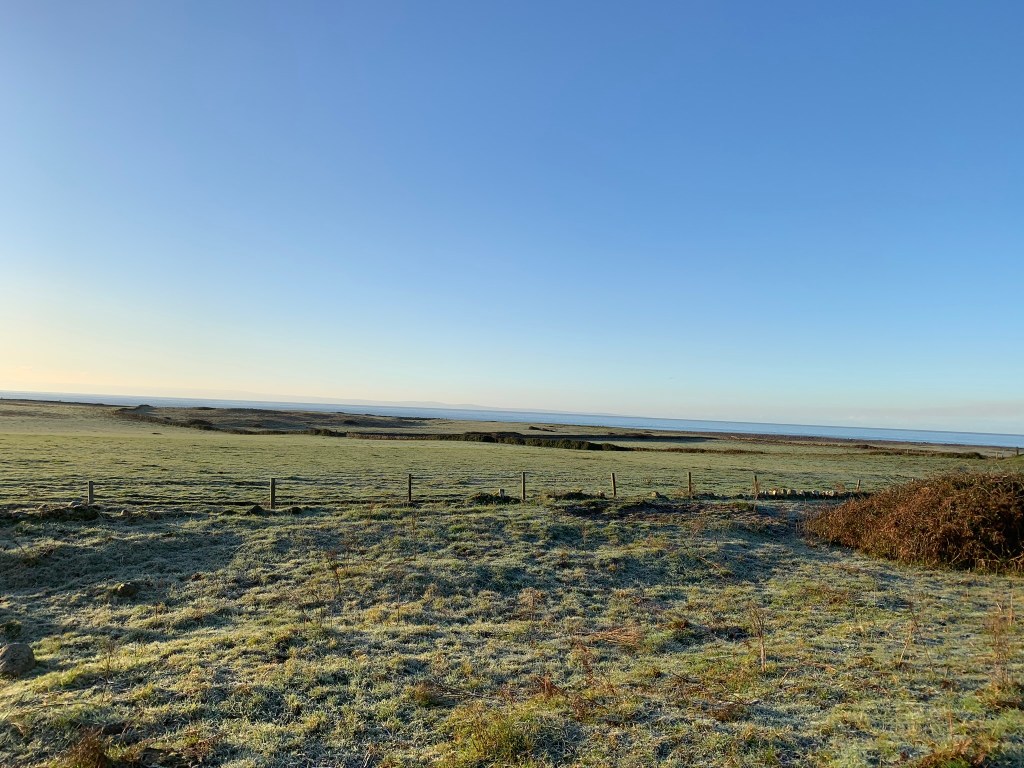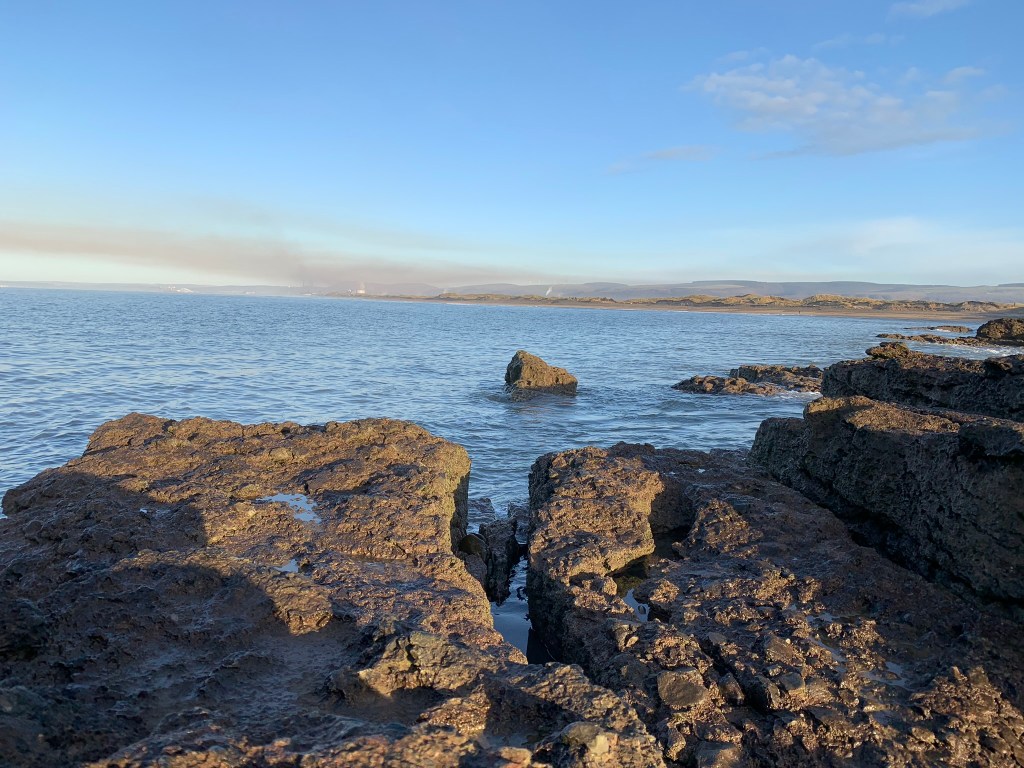Dear Reader,
Reading, you know it makes sense.

Exciting news. Sam’s Song is #1 in Australia. Sam is also top five in America, Brazil, Britain, Canada, France, India and Spain while Operation Zigzag is top five in Spain and France, and Betrayal is #1 in America 🙂

My 3 x and 2 x great grandfathers, both William, worked at this quarry so would have been aware of this shocking incident. Maybe they witnessed it.

The apartment of Gustave Eiffel in the tower he designed, 1909.

A Christmas card sent to Sergeant Major Fear in 1918. From The People’s Collection Wales.

Frost on the sand dunes this week.
Mary Francis, a friend and neighbour of my 3 x great grandmother, Mary Hopkin.
At 12.15 a.m., on Thursday 17 September 1890, Mary Francis, also known as Bopa, died; she was 110 years old.
Mary Francis hailed from Llansamlet, near Swansea. According to her obituary in the Glamorgan Gazette she was born on the 15th August 1780, the youngest of seven daughters.
Around 1810, Mary arrived in Corneli where she worked as a servant to Owen Howells at Pen-y-Mynydd Farm. Her first husband was a collier named Griffiths. In search of work, the couple returned to Llansamlet, only for Mr Griffiths to expire when he fell into a canal. A widow, Mary went into service at Aberavon.
Mary’s fortunes changed when she returned to Corneli to work on Ty Tanglwst Farm. There, she met one of the farm-hands, David Francis. The couple married on 21 May 1814 and they settled at Ty Capel, adjacent to the chapel, where Mary lived for the rest of her life.
Mary Francis had six children, four of whom were still alive at the time of her death. Her mother, reputedly, lived until she was 111 years old and she is buried at Llansamlet. Mary’s husband, David, died on the 2 November 1839, aged fifty-nine, and so Mary lived as a widow for a further fifty-one years.
The Gazette remembered Mary as an industrious, respectable woman whose faculties remained clear until her closing years. Apparently, she could distinguish people at a considerable distance and her hearing and mind were well preserved.
Physically, she was short and of small proportions and, like many of her generation, she could neither read nor write. Throughout her working life Mary was employed on various farms in the neighbourhood and was also in demand as a midwife and feather cleaner.
When she was seventy years old Mary broke her leg in an accident and from that point on she was compelled to seek parish relief. Of a religious disposition, Mary regularly attended Capel-y-Pil; she had a fine voice and she loved the hymns. When she could no longer attend the chapel the Rev. E. Williams, himself eighty, would visit her at home.
In her younger days Mary would frequently walk with my 3 x great grandmother, Mary Hopkin, fifteen miles to Neath market to sell their homemade dresses.
Unfortunately, in the last two years of her life Mary was confined to her bed, except for a few hours when she would sit by the fireside. During those final years people would call on her and leave donations.
When Mary Francis died her body was covered with a white sheet strewn with sweet scented thyme and rosemary. She was buried at Mawdlam Church and an estimated 1,000 people attended her funeral.
————-
Life for my 3 x great grandparents, William Howe and Mary Hopkin was hard, typical of working class Victorians. They lost four of their five children, in infancy, young adulthood and middle age. They also lost three of their grandchildren.

William’s working life reflected the changing landscape. Instead of a lifetime spent labouring on the land, he left farming in his twenties to become a collier in the recently established coal mines. He returned to the land only to work in the local limestone quarry during the second half of his life. Meanwhile, Mary was a dressmaker walking fifteen miles to the market to sell her dresses. Social life for the family revolved around the Methodist chapel.
Mary had strong material instincts. She brought up her niece, Ann Price, and looked after an orphan, Ann Beynon. Later, she brought up her grandson, Edward Reynolds. Her house was a home for waifs and strays.


On 12 July 1897, aged 79, Mary died of ‘senile decay’. Her son, William, was at her side. The inscription on her gravestone, written in Welsh, reads, ‘To walk in honour to the land of peace. May the good lord return her soul to me.’

Those words on Mary’s gravestone were obviously written by William. He died of bladder and prostrate disease, and exhaustion, on 31 December 1903. Edward Reynolds’ wife, Rachel Thomas, was at his side thus maintaining a link with the Reynolds family that existed for sixty years.

As ever, thank you for your interest and support.
Hannah xxx













2 replies on “Dear Reader #79”
As always, Hannah, your blog is a mine of fascinating information and reading. A highlight of my reading weekend, for sure.
LikeLiked by 1 person
Reblogged this on Grant Leishman – Author.
LikeLiked by 1 person